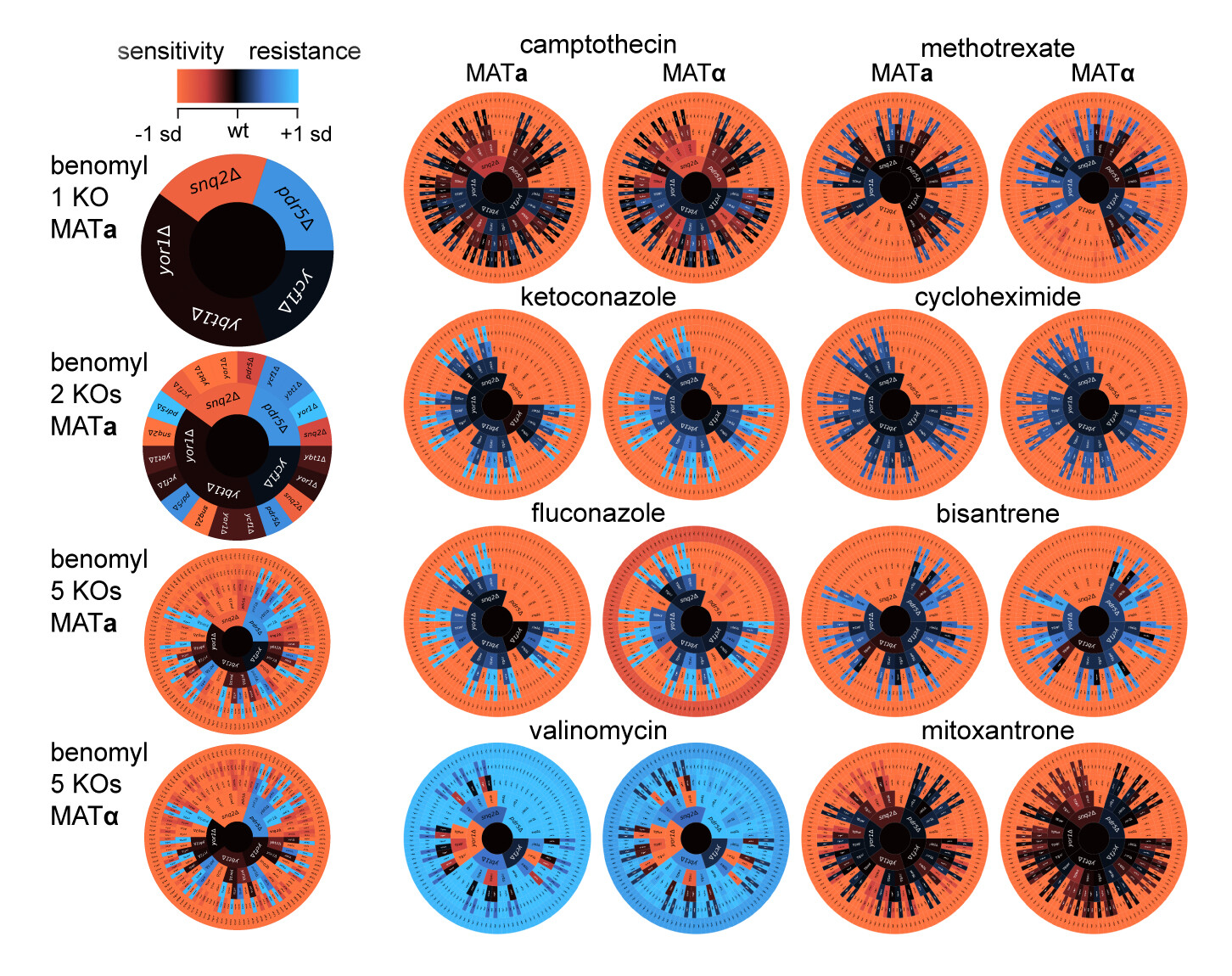Mobile Menu
-
Our Scientists
- Andrews, Brenda
- Angers, Stephane
- Attisano, Liliana
- Babaian, Artem
- Bader, Gary
- Blencowe, Benjamin
- Boone, Charles
- Brown, Grant
- Chan, Warren
- Fraser, Andrew
- Friesen, James (Professor Emeritus)
- Gilbert, Penney
- Gillis, Jesse
- Goeva, Aleksandrina
- Greenblatt, Jack
- Harrington, Lea
- Hughes, Timothy
- Kim, Philip M.
- Krause, Henry
- Montenegro Burke, Rafael (Rafa)
- Morris, John
- Morshead, Cindi
- Radisic, Milica
- Röst, Hannes
- Roth, Frederick (Fritz)
- Roy, Peter
- Ryu, William
- Sefton, Michael
- Shoichet, Molly
- Stagljar, Igor
- Taipale, Mikko
- van der Kooy, Derek
- Wang, Shu
- Wheeler, Aaron
- Yip, Christopher
- Zhang, Zhaolei
- Research
- Platforms
- Students
- Postdocs
- News
- Careers
- Events
- About Us



 But in some instances, the removal of a transporter enhanced rather than reduced the cells’ resistance to the drug. For example, when the gene SNQ2 was deleted, cells become more resistant to fluconazole. Even more surprising, there were examples where removing larger sets of transporters had a synergistic effect, leading to hyper-drug-resistant cells.
But in some instances, the removal of a transporter enhanced rather than reduced the cells’ resistance to the drug. For example, when the gene SNQ2 was deleted, cells become more resistant to fluconazole. Even more surprising, there were examples where removing larger sets of transporters had a synergistic effect, leading to hyper-drug-resistant cells.